CINCINNATI — In August 2000, Paul Brown Stadium opened to fans who were struck by the expansive views and post-modern, open-air design. The structure won an architectural award and became an iconic part of the downtown skyline.
Now as the stadium enters its third decade of use, it is considered middle-aged by NFL standards. Hamilton County officials took their first step last week toward deciding its future.
An outside firm revealed the results of its capital assessment: more than $493 million is needed for renovations to the stadium over the next two decades. And that’s not counting the potential $200 million more it may cost for future upgrades like mega suites, luxury lounges, high-end food and drink, easier stadium entry, and new signs and scoreboards that fans across the nation may be coming to expect as a regular part of their game day experience.
“I don’t know what the Bengals are going to ask for … but remember we are part of a conversation that is happening all over the country related to other stadiums,” said Hamilton County Commissioner Denise Driehaus. “We’re cognizant of that. We have to be cognizant of that.”
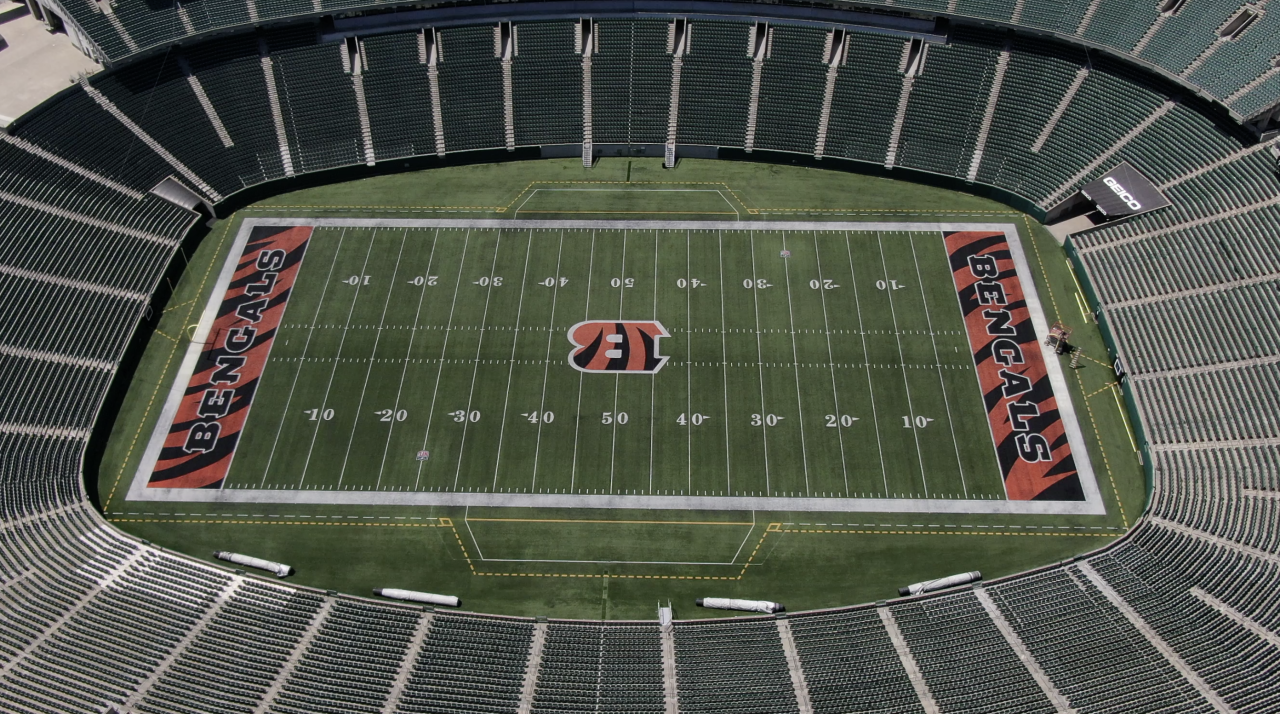
The capital assessment done by Los Angeles-based architecture and design firm, Gensler Sports, called for repairs that largely focused on necessity: repairing and painting steel connections and frames on pedestrian ramps and stairs; fixing concrete stair landings; replacing stadium seats and light fixtures; improving Wi-Fi connectivity; upgrading electric and plumbing; and stopping frequent water leaks.
While new stadiums are offering mega suites to fans, Gensler recommended modest improvements to Paul Brown Stadium’s suites, such as replacing locks on liquor cabinets at a cost of 75 cents apiece, adding wall-mounted soap dispensers to suite bathrooms, and installing quartz counters on suite bars.
The report did highlight some of the most outdated stadium areas: gate and arrival areas, lighting, food service and concessions, and escalators and elevators.
“The stadium has not had any major upgrades since its initial opening … Overall the amount of space and base infrastructure is adequate however the building and program need time, attention, and investment to bring the facility to its potential and begin to compare favorably with other modern NFL stadiums,’’ according to the report’s overview.
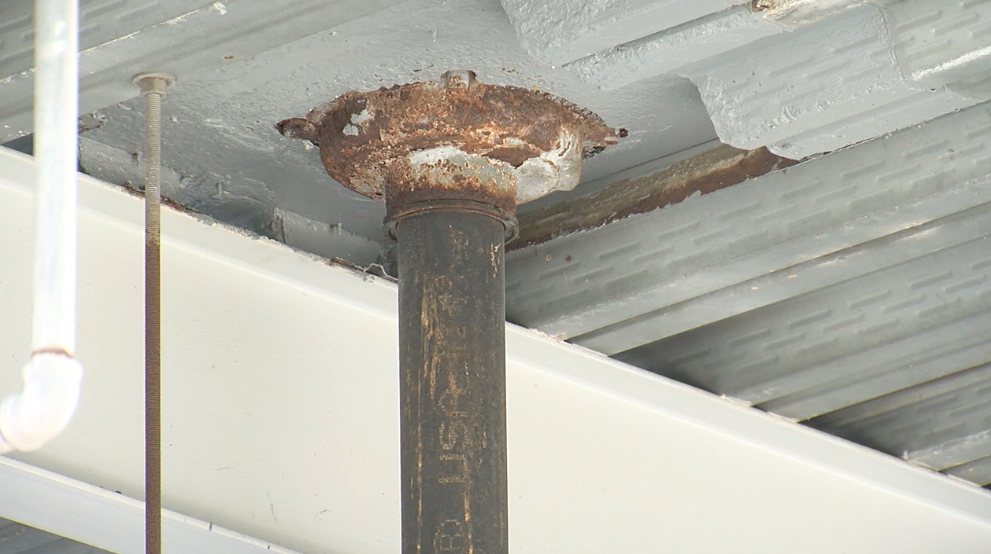
County officials did not take issue with the price tag of the recommended repairs at their April 26 meeting. In fact, their immediate reaction seemed to be relief: if the stadium is still structurally sound and well-maintained, then the controversial topic of building a new facility may be a moot issue.
“PBS may be maintained and enhanced without the need for the development and construction of a new stadium that would be at least an additional $1 billion in the very near term. Instead, PBS can be maintained and improved for substantially less than the cost of a new stadium,” Hamilton County Administrator Jeff Aluotto wrote in an April 26 memo to commissioners before the public meeting.
Kevin Reichard, editor and publisher of Football Stadium Digest, said the $493 million price tag for Paul Brown Stadium’s repairs is what he expected.
“The price tag did not seem unreasonable to me, at all … $500 million for just the basic upgrades to a functioning stadium, is about right,” Reichard said. “I don’t think anyone in this process asked for anything radical in terms of upgrades, in terms of new fan amenities.”
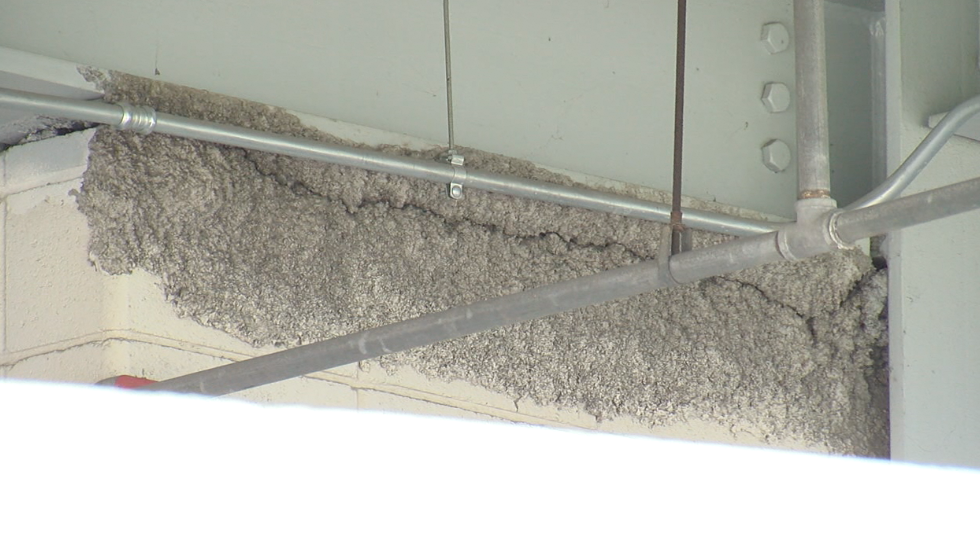
But those new amenity requests are coming. They will be the focus of a separate master plan that Gensler intends to release later this year. That plan will “respond to what is occurring at other NFL stadia in other markets,” according to Aluotto’s memo.
What’s popular at new NFL stadiums?
Reichard said the following are some of the trendier new items:
- More comfortable clubhouses
- High-end lounges
- Premium food and drink
- Commissaries
- New scoreboards and flashier signage
- Better Wi-Fi connectivity
- Configurable spaces that allow for the creation of mega suites
- Sports book lounges, in some states
Driehaus expects the price tag of those optional updates included in the master plan to be, “somewhere in maybe the couple hundred million mark.”
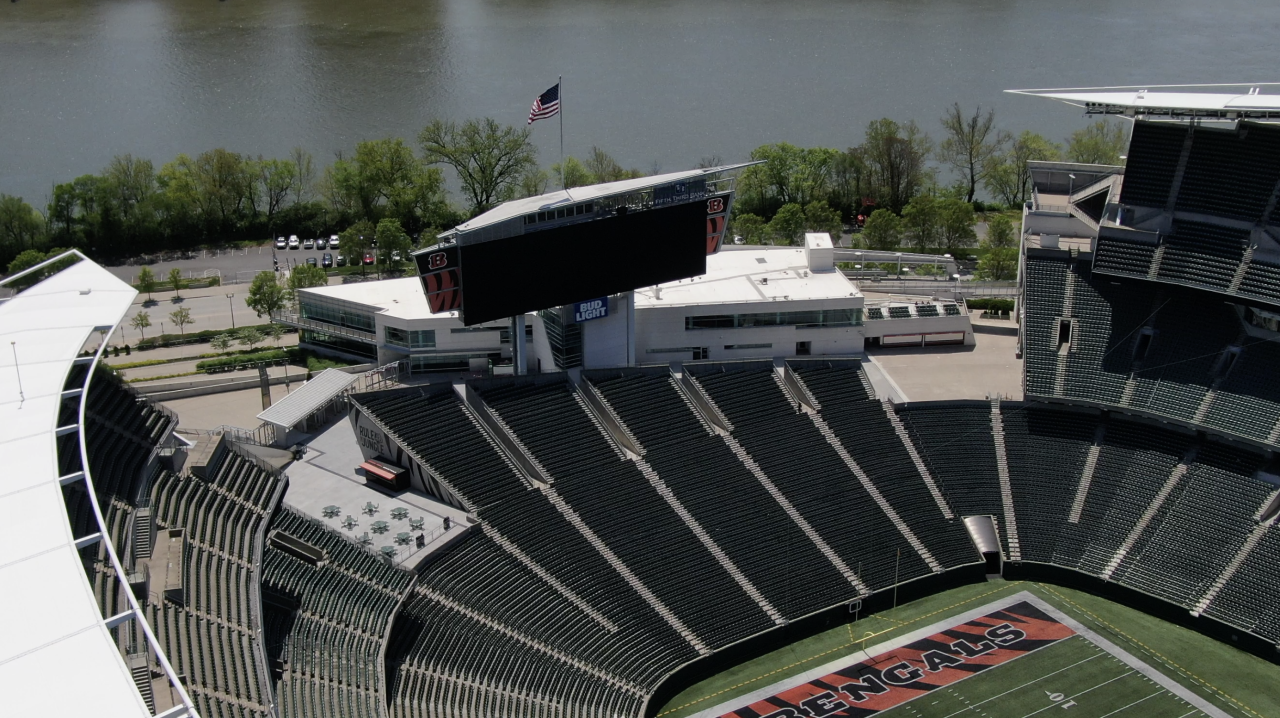
“I don’t know what that number is going to be, I suspect it will be lower than what we just saw in the last report,” Driehaus said. “That will create this baseline, a common baseline, for us and the Bengals to start from, as we start to negotiate.”
Some suggested amenities may be very appealing to fans, and even county officials. Driehaus is most interested in expanding Bengals ticketing options to allow for less expensive tickets for fans who want to stand or roam at the stadium during a game.
“You don’t have to buy a seat, you can be a fan that stands in an area of the stadium, and you can be part of the excitement,” Driehaus said. “If we can make the team and the experience more accessible to people at all price points, that’s a great idea. I’m really interested in pursuing that.”
Bengals Director of Content Seth Tanner said the team is looking to boost the pageantry and extravagance of the Paul Brown Stadium experience as it talks to the county about extending its 27-year lease, slated to expire in 2026. He spoke to WCPO at a Cincinnati Business Courier’s 'Future of Sports' event on April 7.
“A lot of stadiums have IPTV,” or streaming media that provides enhanced quality feeds without broadcast or cable delays,” Tanner said. “That’s something we are actively researching … if you own a suite, you walk in, your name’s up on there. You have your custom treatment as to what you want on the TVs and what your experience should look like. And then in the sports betting world, other stadiums are looking at installing iPads that you can do active betting on.”
Despite the Bengals exciting past season and trip to the Super Bowl, Driehaus said the team will not get a blank check from taxpayers when it comes to stadium upgrades.
“My expectation is not all of it is going to be on the table. We’re going to have to pick and choose,” Driehaus said. “That’s going to be the tough conversation. Where are the priorities and what can we afford? So that’s the negotiation that we’re going to have with the Bengals.”
Reichard believes it may be better in the long run to replace Paul Brown Stadium with a new stadium, rather than invest in renovations and upgrades that may eventually add up to the same price.
“I’m a little surprised that no one has brought up the possibility of a new stadium,” Reichard said. “You’re seeing other cities, like Nashville, looking at the renovation figure and saying gosh, we’re already more than halfway to the cost of a new stadium … so at what point do you throw good money after bad. When do you look at a new facility?”
Comparing To Nashville
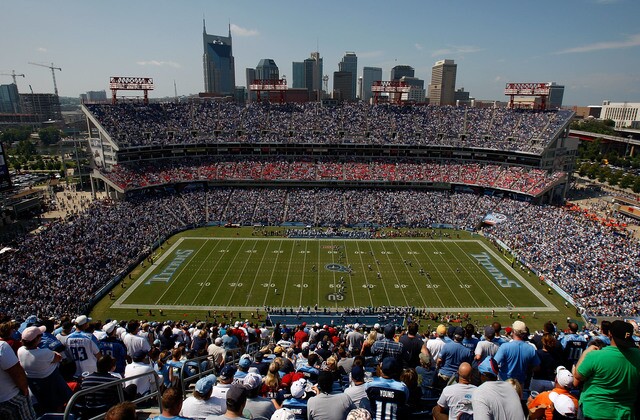
Opened: 1999
Capacity: 69,143
(Getty Images)
The Tennessee Titans had been working for years on plans to renovate the 23-year-old Nissan Stadium, but recently decided to build a new facility instead. The original cost to renovate came back at $500 to $600 million. But that price tag later doubled due to high inflation rates and the discovery of unexpected structural problems, according to local media reports.
Now the Titans, which are sharing the expense with the state of Tennessee and city of Nashville, plan to build an enclosed stadium at a cost of $1.9 to $2.2 billion. State and city leaders hope it will attract major sporting events such as the Final Four NCAA Tournament and the Super Bowl, according to Reichard and local media reports.
Paul Brown Stadium is open air, and new NFL stadiums that are enclosed are more likely to attract year-round events and higher revenue.
The Titans said an enclosed stadium would create 15 additional ticket events per year, with $225 million in direct spending compared to the current stadium.
Hamilton County Commissioner Alicia Reece asked about the possibility of retrofitting Paul Brown Stadium with a roof to attract more events.
“We are seasonal, and we need to be making more money off of these stadiums,” Reece said.
But Reichard said it generally doesn’t work to add a roof to an existing stadium.
“In general, it costs more to retrofit a roof than to build from scratch,” Reichard said. “Especially in the case of a Paul Brown Stadium because so much space and infrastructure are needed for that roof, so the footprint is going to be humongous, and of course the bigger the footprint, the more expensive it’s going to be.”
“And then of course you’ve got to close the place down when you put it up, so it’s not exactly a weekend project,” Reichard added.
If commissioners want a roof, Reichard said it would make sense to build a new, enclosed stadium.
“I think in Cincinnati you’re looking at a new stadium costing $1 billion dollars or so. So that begs the question of - when do we decide to build new instead of renovating the old?” Reichard asked.

A new stadium in Cincinnati would likely be less flashy and more Midwest understated than Nashville, which translates into the cheaper price tag, Reichard said.
“You know this is Nashville they do everything big in Nashville … I don’t think anyone is pushing that sort of vision right now for Cincinnati,” Reichard said. “But I think for any new stadium you’re going to be looking at a billion dollars these days.”
Reichard said renovation is a very attractive option if Paul Brown Stadium’s bones are good.
And Paul Brown Stadium, at age 22, does have “good bones,” and an original design that was meant to be expanded upon, Gensler Principal Demetra Thornton told commissioners at the April 26 meeting.
“We don’t feel that’s necessary here,” Thornton said about building a replacement for Paul Brown Stadium. “This building can last for decades.”
In response to the capital assessment report, the Bengals issued a statement which stated in part, "It looks like Paul Brown Stadium can continue to be our home for decades to come at far less cost than seen elsewhere ... the club looks forward to studying the report and exploring with the county ways to make the coming decades memorable ones for our hometown."
Reece said she would like to walk through Paul Brown Stadium to see its condition, as well as tour new stadiums in other cities. She said she wants to learn how other teams and governments are putting together financing deals for new stadiums.
“We’re looking for a better deal,” Reece said.
The county still owes $189.2 million in bond debt on Paul Brown Stadium. It pays $26 million each year to service that debt.
RELATED
Firm: It will cost nearly $500 million to maintain Paul Brown Stadium over the next 20 years
Here's how Hamilton County spends $44 million a year on Paul Brown Stadium



